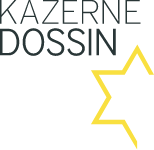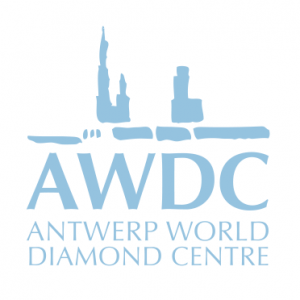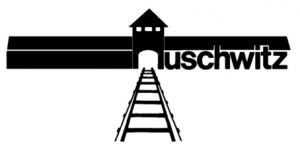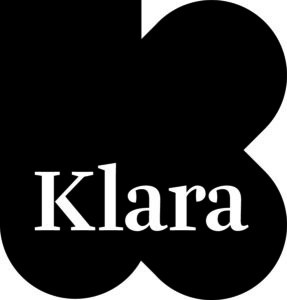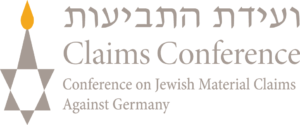The stereotypical propaganda about ‘the Jew’ played an important role in the Holocaust during the Second World War. In order to fully understand this imagery, it is important to take a look at how the antisemitic image evolved over the centuries. The drawings, objects and posters from the Langerman collection, and selected by Kazerne Dossin for #FakeImages, focus on four major time periods.



